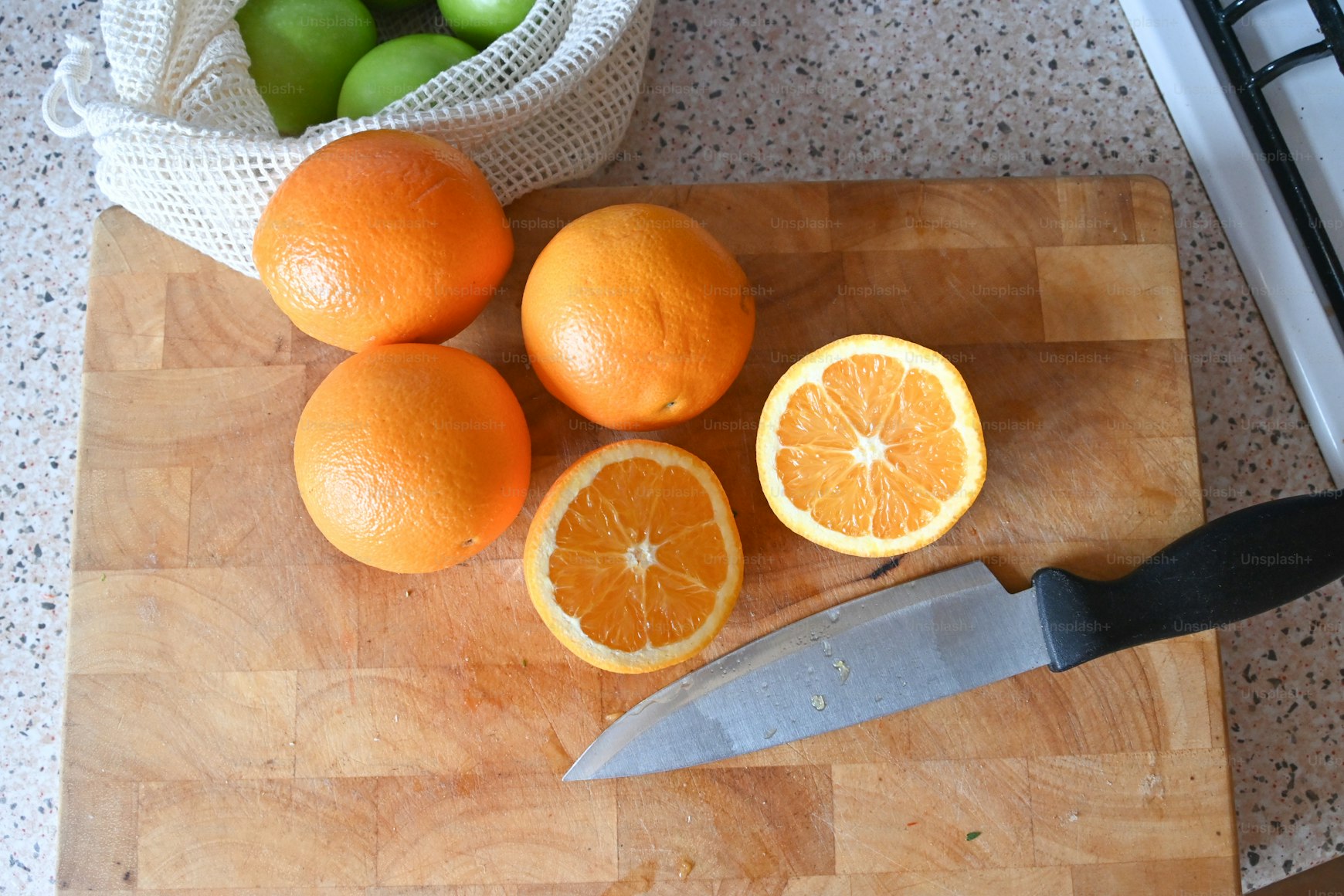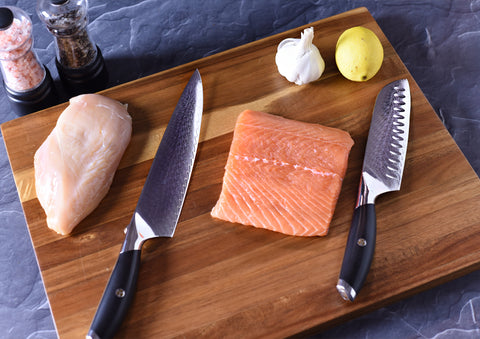For kitchen hobbyists, the appearance and functionality of their knives are equally important. One fascinating way to enhance your knife’s look is to blacken its blade. This not only offers a sleek, modern appearance but also provides several practical benefits, such as corrosion resistance and reduced glare. In this guide, we will dive deep into the process of blackening a knife blade using different techniques and explore how each method can serve your specific needs.

The Science Behind Blackening Knife Blades
Before we dive into the various methods, it’s crucial to understand why blackening a blade is beneficial. The blackened surface acts as a protective layer, preventing rust and wear, and can also make the blade less reflective, thereby reducing glare during use. Moreover, a blackened blade often supports better food safety, as the process typically kills harmful bacteria.
Why is Blackening Important?
From ancient times to modern kitchens, blackening has been a sought-after technique for maintaining the integrity of blades. It provides:
- Enhanced durability
- Corrosion resistance
- Aesthetically pleasing appearance
- Improved food safety

Methods to Blacken a Knife Blade
1. Chemical Blackening
This technique involves using chemicals like ferric chloride to create a dark, protective surface on the blade. Here’s a step-by-step guide:
- Clean the blade thoroughly to remove any dirt or grease.
- Immerse the blade in a ferric chloride solution.
- Allow it to sit based on the manufacturer’s instructions.
- Rinse the blade with water and dry it completely.
Chemical blackening is one of the quickest and most effective ways to achieve a darkened blade.
2. Heat Blackening
In this method, heat is used to oxidize the blade’s surface, creating a blackened finish. Follow these steps:
- Clean the blade thoroughly.
- Heat the blade using a blowtorch or a hot oven.
- Once the blade reaches a specific temperature (often indicated by a color change), let it cool naturally.
Heat blackening not only results in a durable finish but also strengthens the blade.
3. Paint and Coating
For a DIY approach, you can use black paint or specialized coatings designed for metal. Heres how:
- Sand the blade surface lightly for better paint adhesion.
- Apply a thin layer of black paint or coating.
- Let it dry as per instructions and apply additional coats as needed.
This method provides an easy entry into blade blackening, but the finish might not be as durable as chemical or heat-based methods.

Safety Precautions
Blackening a knife blade involves handling chemicals, heat, or potentially harmful substances. Always take these safety precautions:
- Wear protective gloves and goggles.
- Work in a well-ventilated area.
- Make sure you have a fire extinguisher handy when using heat.
- Read and follow all instructions for any chemicals or coatings.
Common Mistakes to Avoid
Even with straightforward processes, mistakes can occur. Avoid these common pitfalls:
- Not thoroughly cleaning the blade before blackening.
- Skipping safety precautions.
- Underestimating the time required for each method.
- Ignoring environmental guidelines.

Maintaining Your Blackened Knife
Once youve successfully blackened your blade, maintenance is crucial to ensure longevity. Here are some tips:
- Clean your knife after each use.
- Keep it dry to avoid rust.
- Regularly apply a thin coat of oil to maintain the finish.
- Store in a dry, cool place.
Frequently Asked Questions
1. How long does the blackened finish last?
The durability of the blackened finish depends on the method used and how well you maintain your knife. Chemical and heat methods generally last longer than paint.
2. Can I blacken a stainless steel knife?
Yes, blackening can also be applied to stainless steel knives, but the process may vary slightly. Make sure to follow specific instructions for stainless steel.
3. Is blackening food-safe?
Yes, the processes described typically result in a food-safe finish. However, always follow specific guidelines to ensure safety.
For more tips on knife care, check out this Types of Kitchen Knives.
Additionally, you may find it useful to learn about different knives and their uses on Size Fillet Knife, Sharpen a Chef Knife, and Sharpen a Rapala Fillet Knife.
As an Amazon Associate, I earn from qualifying purchases.
Conclusion
Blackening a knife blade is a rewarding process that enhances both the look and functionality of your knife. Whether you choose chemical, heat, or paint methods, following the guidelines ensures a successful outcome. Always prioritize safety and regular maintenance to enjoy the benefits of your blackened knife for years to come.


